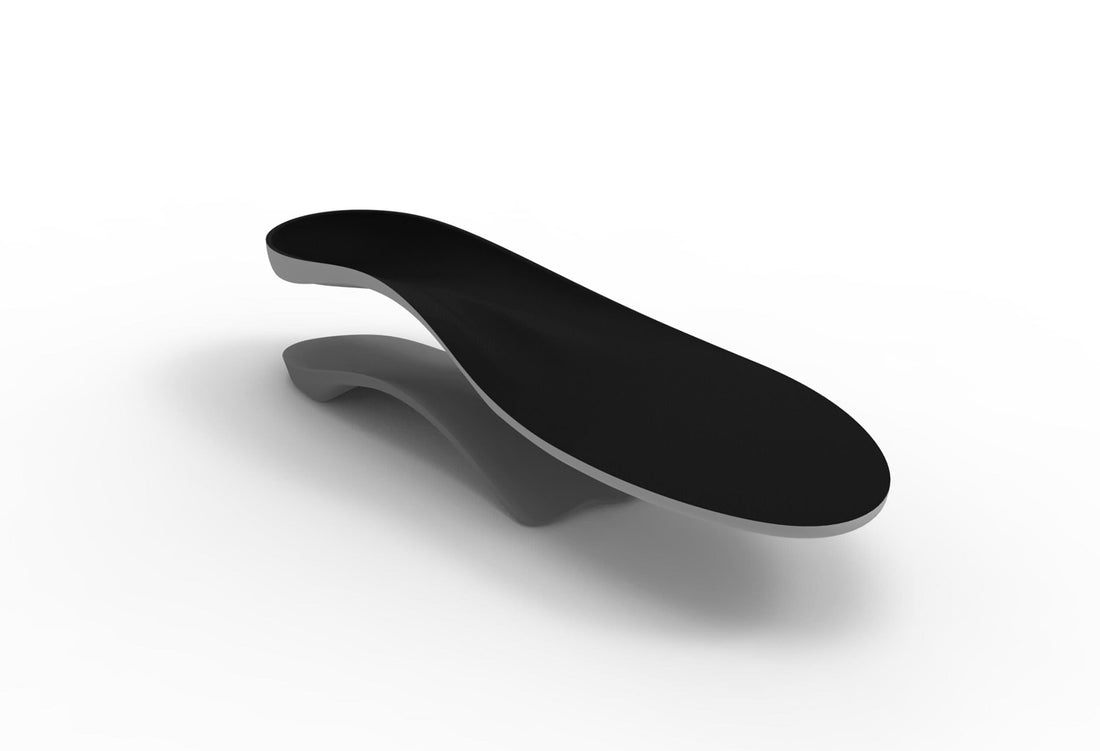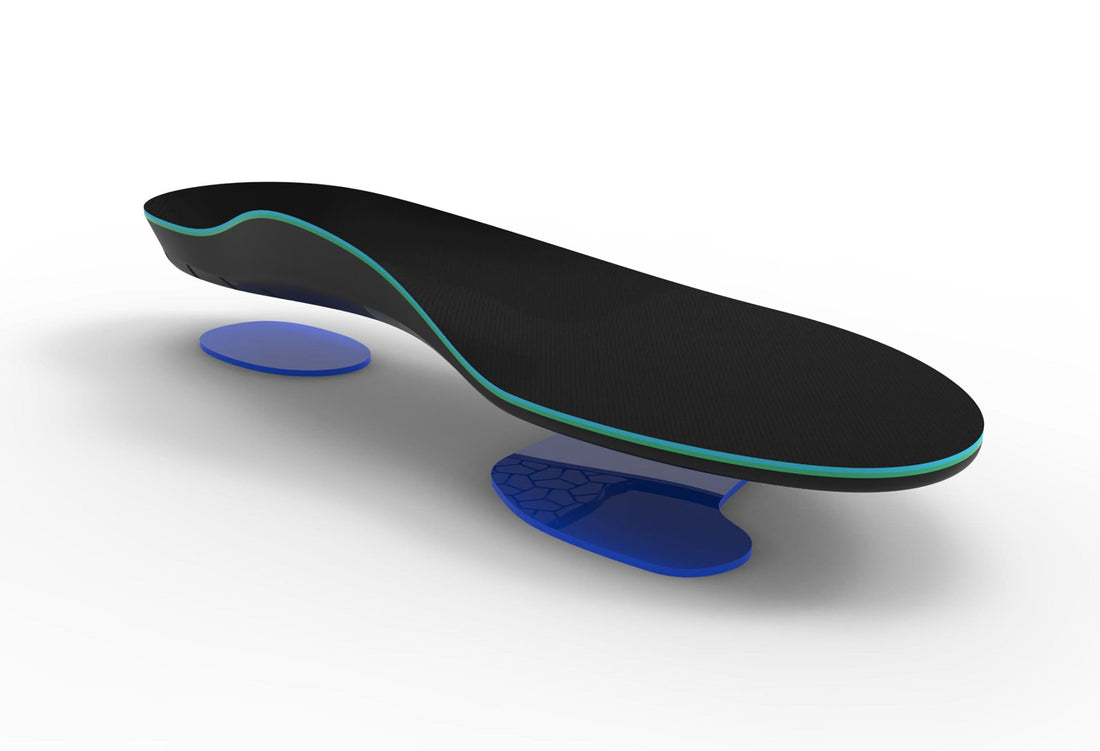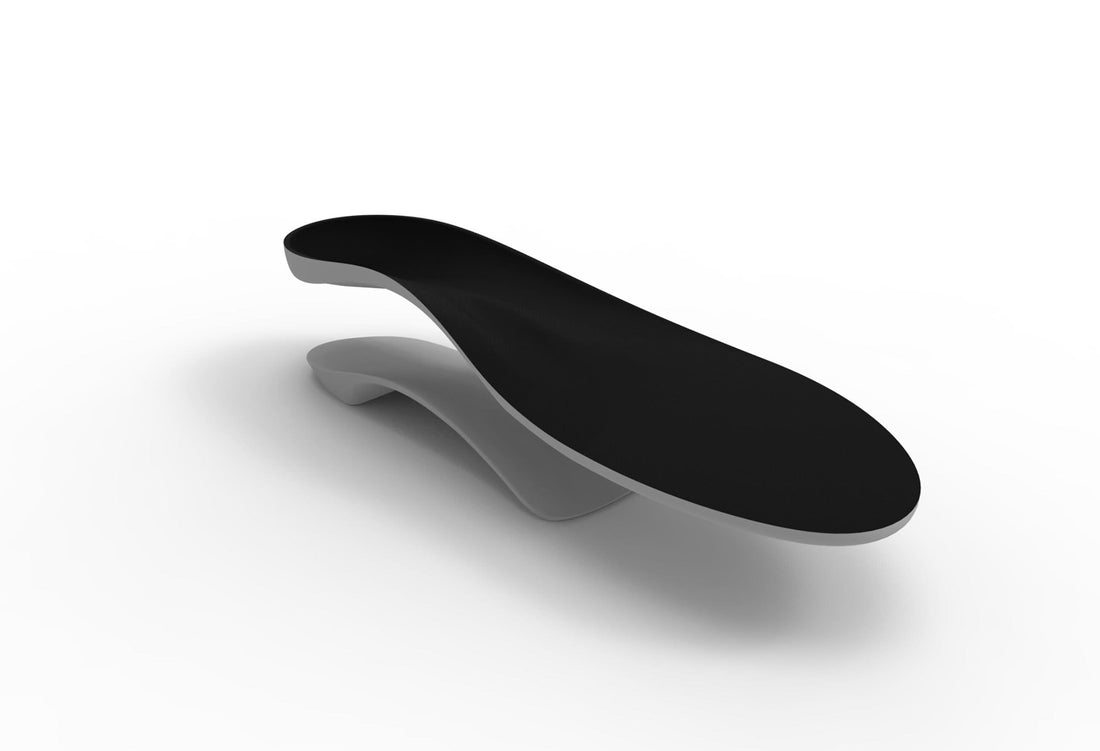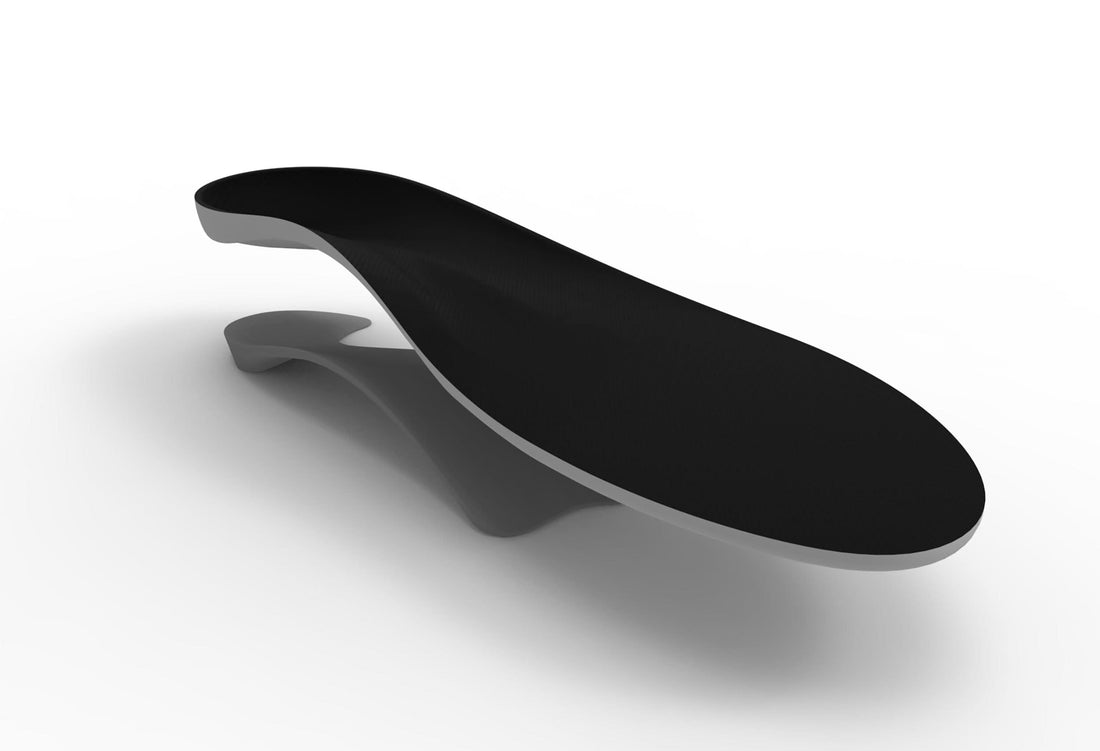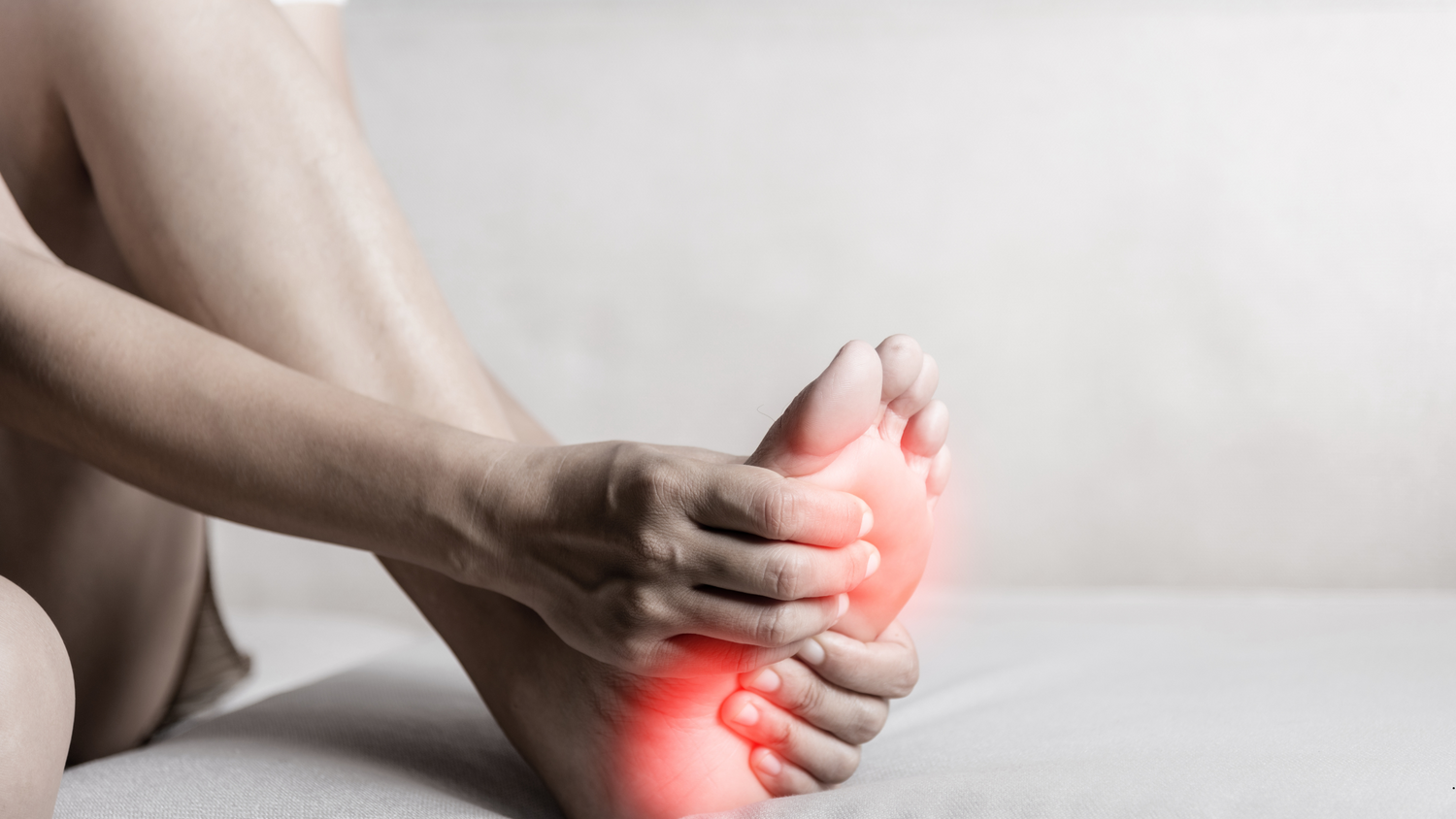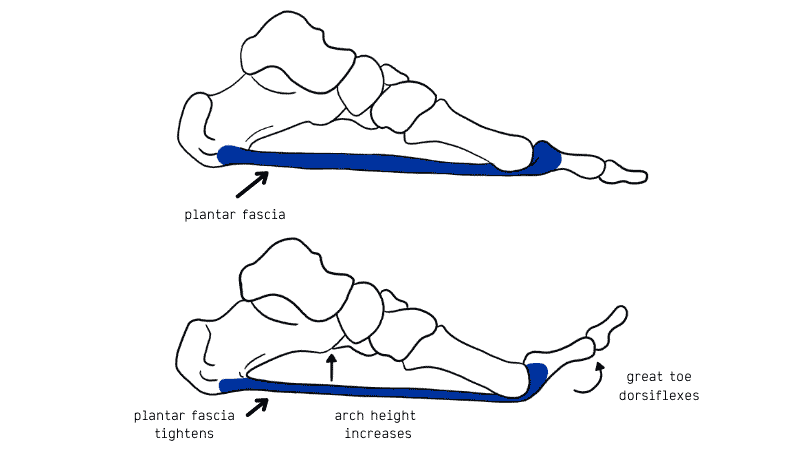Tinea Pedis (TP) or Athletes Foot is used to describe a fungal infection of the skin. This condition is very common in the older population, but also, as the name suggests, can affect the athletic population. There are 3 main types of TP; Interdigital (between the toes) is the most common, followed by ‘moccasin foot’ (under weight bearing surface), and vesicular pedis (blistered filled TP).
Cause
Fungal infections of the skin are caused by Fungi within the Dermatophytes fungal group. The most common of these to infect the skin are Trichophyton Rubrum, Trichophyton mentagrophytes, and Epidermophyton floccosum. These fungi break down the skin resulting in an inflammatory response, characterised by a red scaly rash. Tinea pedis can occur due to a number of reasons.
Some common causes for TP include; poor foot hygiene (not cleaning and drying between the toes), inadequate space between the toes (clawing of the digits, inadequate footwear) and excessive sweating (hyperhydrosis, or sweaty feet after sporting activities).
Symptoms
Although there are a number of different fungi that can cause Tinea Pedis, they generally present with similar symptoms;
- Red scaly rash
- Itching
- Flaky skin
- Small blisters/vesicles may occur (‘Vesicular Pedis’)
- Interdigital area (between the toes) may become moist and macerated
- Moccasin presentation: scaly skin under the foot on the weight bearing area
Diagnosis
Diagnosis of Tinea pedis is based on identifying the above signs and symptoms during a clinical examination.
- Match of clinical symptoms
- Potentially may require a pathology sample
Treatment
Treatment of Tinea Pedis involves a 2 step process;
- Treat the fungal symptoms through topical anti fungal medications, available from your local chemists. Cure rates have been reported up to 91% with these treatments
- Treat the cause: ensure constant foot hygiene;
- Wash all shoes and socks in hot water if possible at the same time
- Allow them to dry well in sunlight
- Spray the inside of the shoe with an anti-fungal spray
- Apply the antifungal agent to the foot before putting on a sock or shoe
- Oral medications are available but have had a history of unpleasant side effects
Prevention
The likelihood of reoccurrence is high among Tinea Pedis sufferers, so it is important to maintain adequate foot hygiene. This can be achieved by getting rid of old footwear and socks, and sufficiently drying in between the toes, regularly changing socks.
References
Menz, H. (2008). Foot problems in older people. Assessment and Management. Churchill and Livingston.
Medline Plus https://vsearch.nlm.nih.gov


